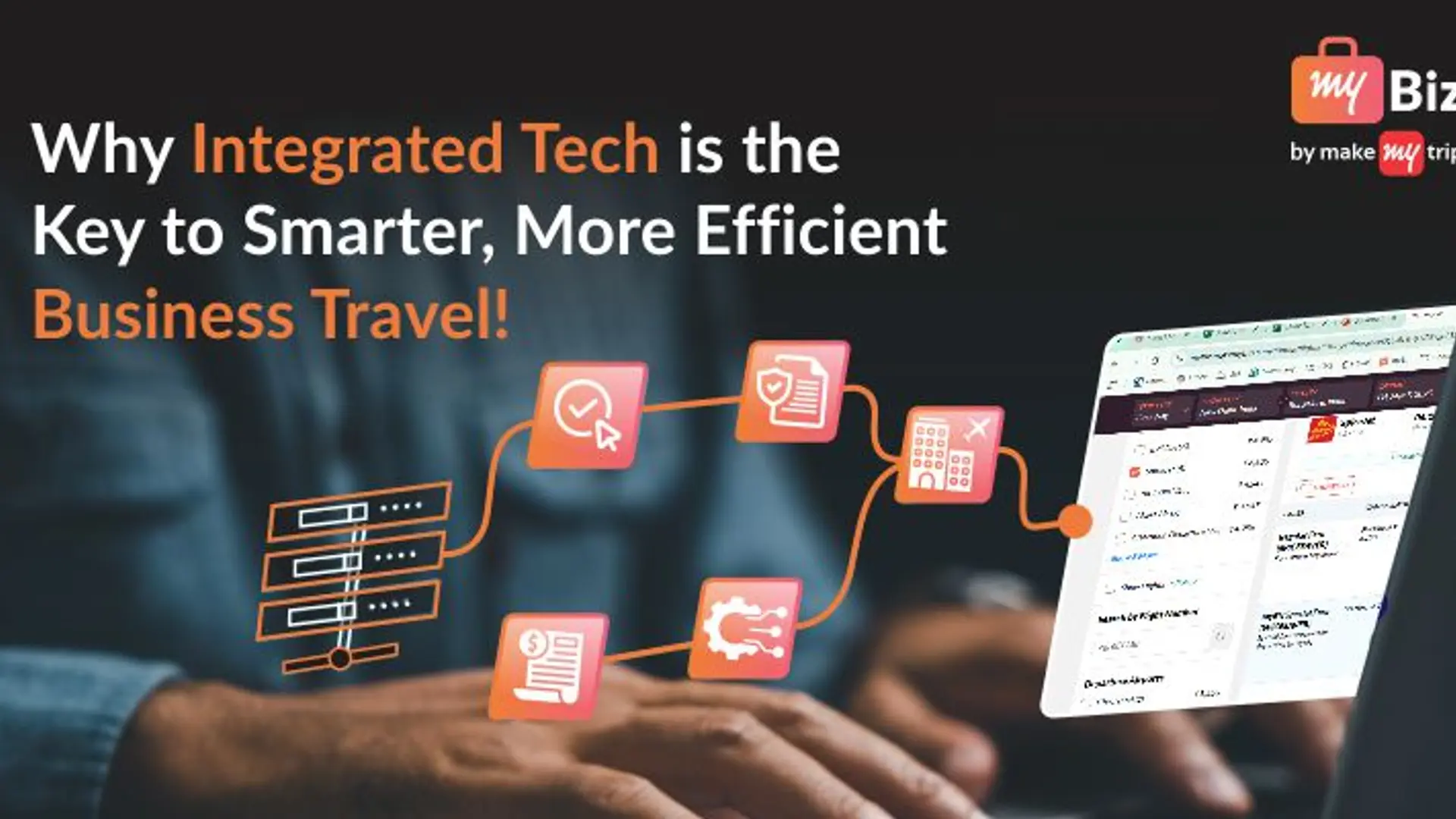Transforming education with virtual reality
By immersing users in virtual environments, VR opens up new possibilities for interactive and engaging learning and teaching experiences.
Virtual reality (VR) has emerged as a groundbreaking technology with immense potential to revolutionise various fields, including healthcare and education.
By immersing users in virtual environments, VR opens up new possibilities for interactive and engaging learning experiences.
Let's delve into the potential of VR in education and explore how it can enhance the teaching and learning process.
Engagement and attention
One of the significant advantages of VR in education is its ability to enhance student engagement and attention.
Traditional classroom settings often struggle to captivate students, leading to reduced focus and retention. However, with VR, learners can be transported to fascinating virtual worlds that stimulate their senses and foster active participation.
This immersive experience grabs their attention, making the learning process more enjoyable and effective.
Experiential learning
Experiential learning is a powerful approach that enables students to acquire knowledge through firsthand experiences.
VR provides a unique platform for creating realistic simulations, allowing learners to actively participate and engage in simulated environments.
Whether it's exploring ancient civilisations, conducting science experiments, or practising complex skills, VR enables students to learn by doing, promoting a deeper understanding of the subject matter.

Collaboration and interaction
Collaboration and interaction play a crucial role in education, as they promote critical thinking and social skills development.
VR can facilitate collaborative learning experiences by enabling students to interact with each other and with the virtual environment.
Through shared VR experiences, learners can collaborate on projects, solve problems together, and gain insights from diverse perspectives, fostering a sense of teamwork and cooperation.
Customisable learning environments
VR offers educators the opportunity to create customisable learning environments tailored to specific educational objectives.
Teachers can design virtual scenarios, adapt content to individual student needs, and personalise the learning experience. This flexibility allows for differentiated instruction, catering to various learning styles, enabling educators to address the unique requirements of each student.
Real-time assessment and feedback
Assessing student progress and providing timely feedback are essential aspects of effective teaching.
VR technology can track and record student interactions, enabling educators to monitor performance in real time. This data-driven approach offers valuable insights into individual strengths and areas that require improvement.
Educators can provide immediate feedback within the virtual environment, enhancing the learning experience and facilitating continuous growth.
Overcoming physical limitations
Traditional classrooms may present physical limitations that hinder certain types of learning experiences. For instance, conducting experiments in a physics lab may be restricted by equipment availability or safety concerns.
With VR, these limitations can be overcome by creating virtual laboratories where students can conduct experiments without any practical constraints.
VR opens up new possibilities for hands-on learning, transcending the boundaries imposed by physical constraints.
Challenges and considerations
Accessibility and infrastructure
While the potential of VR in education is vast, accessibility remains a significant challenge. Schools need to have the necessary infrastructure, including VR headsets and compatible devices, to provide equal opportunities for all students.
Additionally, the cost of implementing VR technology and the availability of quality educational content must be considered to ensure widespread adoption.
Ethical and safety considerations
As with any technology, ethical and safety considerations must be taken into account when integrating VR into education.
Protecting student privacy, ensuring appropriate content selection, and establishing guidelines for responsible use are vital aspects to address. Educators and policymakers must work together to develop frameworks that promote the ethical and safe implementation of VR in educational settings.
Edited by Swetha Kannan







